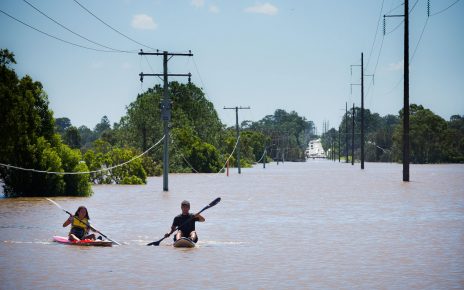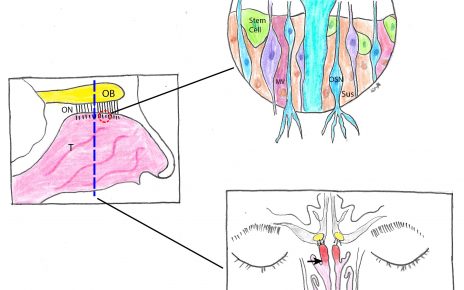As we adjust to life in the midst the COVID-19 pandemic, the scientific community is working overtime to understand the virus and mitigate its impacts. While much of the general public is seeing for the first time the risks and disruption caused by a novel contagious disease, those of us who work in this field see what we’ve known for a long time: disease outbreaks are not an “if” scenario, but a “when”—and the more prepared we are, the better.
That preparation requires a continued investment in a broad range of scientific and technological research to accurately understand both endemic and emergent diseases, predict their spread, develop treatments and mitigate future outbreaks.
For example, climate change can significantly impact disease emergence and spread. Models that predict how certain geographical areas will be impacted can give decision makers time to put in place strategies to stem disease spread—such as distributing mosquito nets, launching hygiene campaigns to educate the public, or increasing staffing and supplies at clinics and hospitals.
Epidemiological models and visual analytics that use historical outbreak data are also critical for providing context for rapidly unfolding events like COVID-19. For instance, we can input historical data from the 2003 SARS epidemic and the 2015 MERS epidemic to see how well different mitigation strategies worked in the past—whether it was public education campaigns, travel restrictions or distributing face masks—and apply those to the current conditions for coronavirus to provide recommendations.
Then there are real-time models that use incoming coronavirus data to track the disease and forecast its spread. At Los Alamos National Laboratory, to increase the accuracy of real-time models, we’re using anonymized, publicly available social media posts to understand how diseases like the flu spread. The model can tell us when a large number of people from a certain city are posting about flulike symptoms, which can then be used to quickly identify areas at risk of increased exposure instead of waiting for clinical data, which can take days or even weeks to receive.
We are also improving the tools and methods used to detect and diagnose infectious diseases—called biological assays. As diseases evolve, the accuracy of assays deteriorates because the biological signatures change, which could result in a misdiagnosis (either a false positive or negative). Historically, fixing this problem was extremely labor-intensive and costly. But now we have the computational power to use machine learning to train computers to look at the genomic sequences of the disease so a new assay can be designed. That means faster, more accurate diagnosis, which is critical information for public health officials.
Another important mitigation strategy—some would say the most important—is the development of vaccines to prevent future outbreaks. Using supercomputers and vast amounts of data, Los Alamos researchers are working to improve the efficacy of vaccines all the way from development through deployment. In fact, an HIV vaccine that uses a set of “mosaic” proteins aimed at raising the immune defense against different strains of the virus is currently being used in a trial in South Africa.
All of these examples illustrate the power of data science and epidemiological tools to stem the spread of epidemics. But they don’t happen in a vacuum. We have years of research around the globe and across governments and private industry to thank. We’re seeing the benefits of these tools in action in response to COVID-19—but they’re critical whether or not an outbreak is making headlines.
Unfortunately, disease outbreaks will continue. We must continue to invest in the scientific and technological research that enables these tools, so we can respond quickly and provide decision makers with critical information to keep the population safe.



